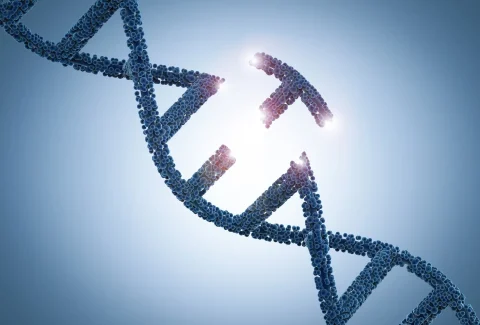Benefits of implementing HACCP
Benefits of implementing HACCP
At the time of writing, there is no single international standard for the application of HACCP. However, various national and international standards are being drafted. Many countries have adopted national legislation to ensure that food safety is achieved. These efforts have provided opportunities to build a platform for sharing and co-operation on effective food safety systems.
The purpose of this article is to provide an explanation of HACCP principles, aim to help you understand the benefits in practice. In doing so, the flexibility of applying HACCP will be illustrated.
it focuses on the health-related risks that can be identified at various stages of a food’s journey from production to consumption and the benefits to be gained from implementing HACCP.
Ensuring that food is safe to eat is the responsibility of everyone along the food chain:
The primary objective of HACCP is to ensure that food “remains” safe for the consumer, at all points in the production and distribution chain. Wherever changes are made to the food, it is necessary to assess the potential impact on food safety. The purpose of HACCP is not only to ensure that food is safe to eat, but also that there are systems in place that will alert those responsible when a problem occurs.
HACCP provides the framework for defining processes ensuring a high level of food safety within the production and distribution system. It is based on risk assessment and risk control activities (RRA and RCC). This ensures that hazards are reduced, either by eliminating them completely or by bringing them under control by taking action at an early stage.
Risks can be classified into those identified during the hazard analysis of food (HA) and those that could arise when the food is in use (HU).
The HA of food means an assessment of all hazards and contaminations to the food that are likely to occur by definition or that may be caused by inadequate controls.
Examples of HA: Hazard analysis, Microbiological testing, Chemical testing, Composition analysis, Physical and chemical stability studies, Microbiological assessment
These HAs are performed on raw materials or ingredients to enable benefits to be gained from best practices in production. Before a product can be marketed, the HA must be reassessed to determine whether any changes should be made. The HA should then be documented and available for all stakeholders to refer to in their work.
The HUs include hazards that may arise during the product’s life span that is not expected from the HA, but which could lead to problems with food safety. Examples of HUs: HACCP system, Critical control points, Critical limits
A HACCP approach aims to reduce or eliminate these “unknowns” thorough risk assessment and control actions (RAC and RCC). Risks are controlled by appropriate measures being taken at critical points to ensure food safety. RAC and RCC should be incorporated into the HACCP system.
Risk is a possible factor that may have a detrimental effect on food safety. Three important terms are used in the context of food safety: The likelihood of a hazard occurring, the severity (the impact if it does occur), and the extent:
If, for example, a process is designed to reduce or eliminate hazards that may arise when food is in use, but this process does not ensure that all those hazards are detected and controlled at an early stage, consumers may be exposed to food-borne illnesses. These illnesses may be made worse if those affected have an existing medical condition. This illustrates how this type of risk should be prevented.
HACCP is very important because it helps to reduce many of these risks.
HACCP can be used to ensure that hazards are identified and controlled. Often, this involves a series of “chapters”, each dealing with a different topic relevant to food safety. These chapters are intended to ensure that the HACCP system is fully functional and provides control measures for all the hazards that may arise from the activities involved in producing, distributing, and using food. The main chapters fall into two categories: hazard analysis (HA) and critical control points (CCP):
CCPs are the specific points at which processes for each food batch or food item pass through or are applied during the production, distribution, and use of the product.
To summarize, the overall objective of the HACCP system is to provide a means of identifying and controlling hazards, which could lead to food safety problems. This is done through the incorporation of HACCP into each and every stage involved in producing, distributing, or using food.
The process begins when certain basic principles are applied to all stages involved in producing, distributing, or using food.






















